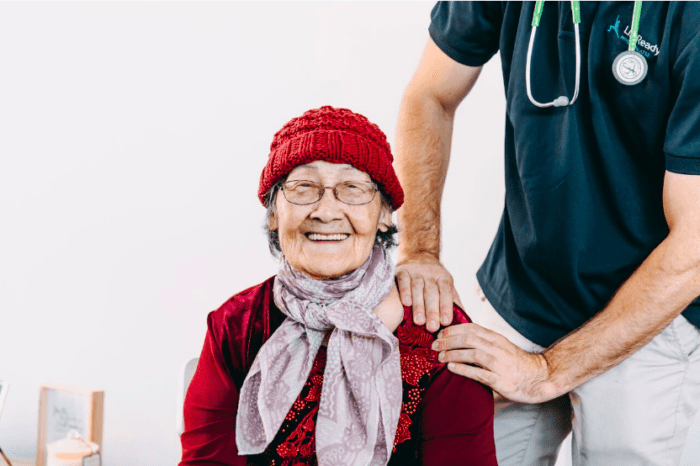By Majda Mehdizadeh
Physiotherapist at Life Ready Physio South Perth
Most of us know someone, if it’s not ourselves, who suffers from osteoarthritis. And most, (but not all) of these people will also experience pain associated with the condition. But what exactly is OA and why do some people suffer from pain more than others?
OA is a degenerative joint condition where the cartilage inside joints eventually wears away. Inflammation and pain are often the result.
OA is often diagnosed by imaging (such as x-rays) but the amount of joint degeneration seen in these scans has little correlation with the amount of pain people feel. So what else is at play here? Why does more joint damage NOT equal more pain?
Pain mechanisms in OA
Studies have found people with symptomatic OA (ie OA AND pain) have more pain processing in their central nervous systems, aka their brain. Parts of the brain that also process fear and emotions are active in patients with painful OA. This means that there is a relationship between psychological states (anxiety, depression, poor coping strategies, lack of social interaction) and pain levels.
The good news is, a change in how you think about the condition (and life events in general), can make a change to OA-related joint pain.
OA is not curable but it is very manageable. There is no need for your OA to stop you living your best quality of life.
Here’s how OA can be managed
- Medication for the pain (it’s best to speak to your doctor or pharmacist about what medication is most suitable for you)
- Weight management – carrying less weight puts less load on your joints
- Exercise – perhaps the most important management tool. Keeping the joints mobile and muscles strong will ensure you stay active and independent for as long as possible. Pool and gym-based exercises are ideal
- Think positive and stay positive – don’t underestimate the power of the mind
If you’re still not sure about where to start, speak to your Life Ready physiotherapist. Contact us today for an individualised assessment of your pain.
References
HSS J. 2012 Feb; 8(1): 26–28. Published online 2012 Feb 23. doi: 10.1007/s11420-011-9263-7 PMCID: PMC3295945 Mechanisms of Pain in Osteoarthritis Bruce Kidd, MD

